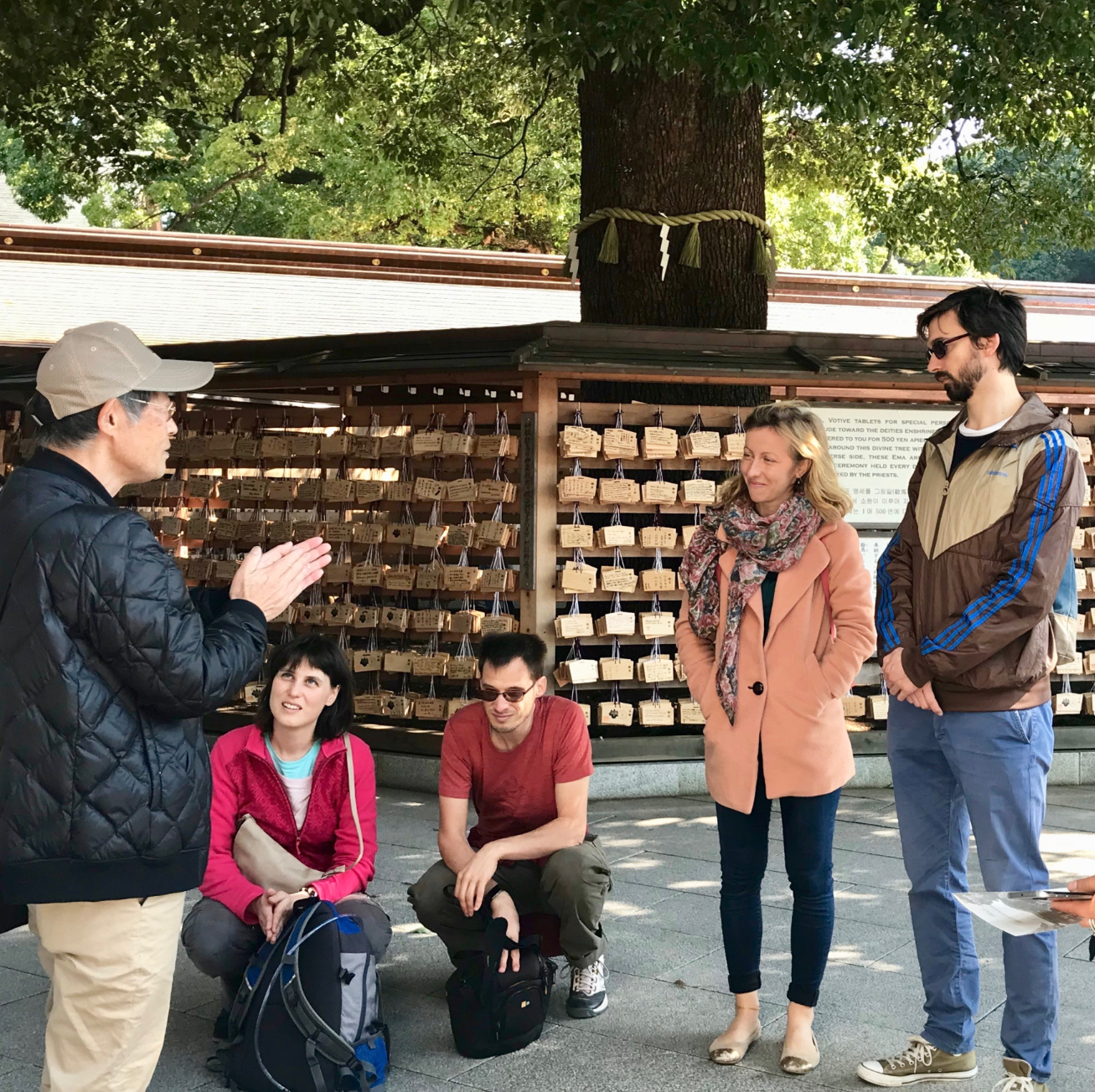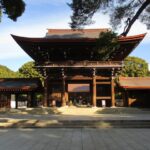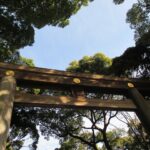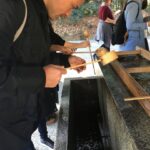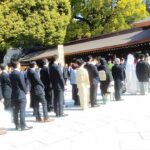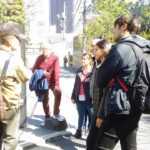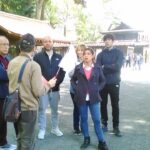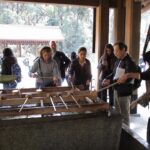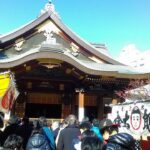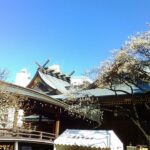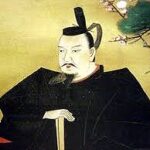Thank you for joining our Tokyo Free Walking Tour in Harajuku area.
On that day, March 4, we were honored to welcome 14 guests to our walking tour. Those people came from different corners of the world, including Israel, Canada, U.S.A, Argentina, Spain and Sweden.


We were greeted by an amazingly warmer temperature than the previous days. There was a breakthrough in the cool temperature and the weather seemed to have finally improved.
Our tour started in front of a Tori or a Shinto Shrine gate. It has welcomed and looked down upon us, 14 Harajuku lovers and the guides, as we started off our 90-minute walking tour.
By the time we have concluded that day’s Harajuku walking tour, the temperature seemingly ended up reaching around 20 degrees.
When it comes to Ume, or Japanese apricot, Yushima Tenmangu is one of the most notable Shinto shrines in Tokyo, Japan.
It is easily accessible from the Harajuku areas.
It also just takes 30 minutes via a train from our guide spot to the said shrine.
This shrine is dedicated to the “God of Learning” and many believers visit this sacred place to give offerings and receive blessings from the divine being.
The name came from the fact that this holy place enshrines a prominent Japanese samurai named Michizane Sugawara.
He was an outstanding samurai who was active in the Heian period(794~1185) because he was a multitalented person, a scholar, poet and politician
As the name suggests, many students visit this shrine in hopes of achieving academic success or attaining their ideal job post, because they believe that they will be blessed by the enshrined soul of the Deity of Knowledge.
During the periods of entrance examinations, this shrine compound is full of young students who are praying for success in passing the examinations.
Aside from this religious and historical feature, this sacred place is also one of the known places where beautiful plum trees or Ume blossoms bloom during springtime, usually from February to March. An annual festival for Ume called Umematuri is also being held in this shrine’s grounds.
These flowering and fruit-bearing trees and the shrine buildings look good together and is a good subject for guests’ pictures.
Moreover, the connection between Yushima and Japanese apricots is being sung as a story of a young couple’s relationship, but it ended up being hopeless love titled “Yushima no Shiraume” or “Yushima and the White Apricot”, in English.
We encourage you to visit this religious landmark during its peak season, in late February or early March.
(By Arac)

